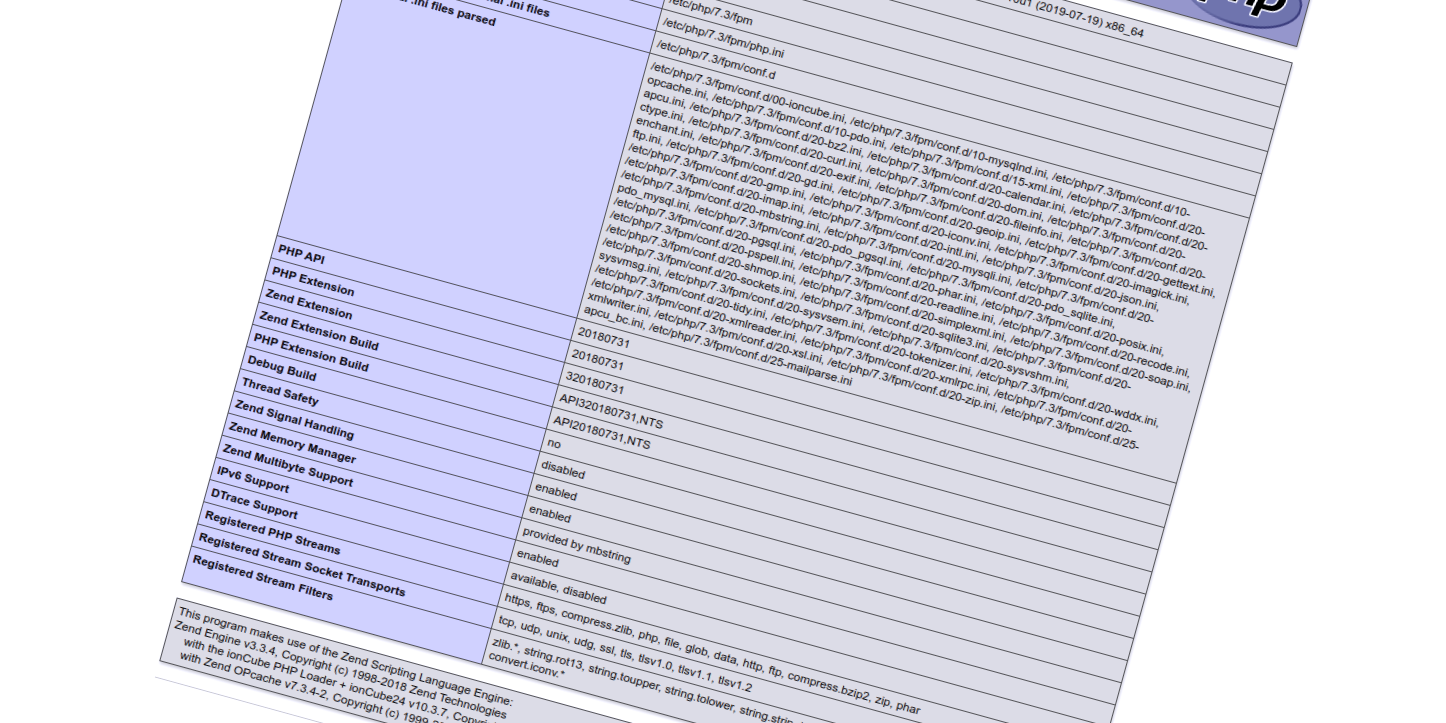

- REASONS FOR SOCKER ERROR 1 HOW TO
- REASONS FOR SOCKER ERROR 1 CODE
- REASONS FOR SOCKER ERROR 1 OFFLINE
REASONS FOR SOCKER ERROR 1 CODE
If you are running your code on Godaddy and trying to connect to some third-party SMTP provider like or and getting some errors like this Mailer Error: SMTP connect() failed. Possible Problem 2: Using Godaddy As The Hosting Provider This solution should work fine with PHPMailer v5.2.10 and higher. You can also change these settings globally, in the php.ini file but that's a really bad idea because PHP has done these SSL level strictness for very good reasons only. Here is a help doc on PHPMailer wiki which has a section around this.Īnd, here is the quick workaround mentioned in the above wiki, which will help you fix this problem: $mail->SMTPOptions = array( I noticed that in the newer version, PHP has implemented stricter SSL behaviour which has caused this problem. Later, I observed that this problem is there with the latest version of the PHP. But, when I updated the PHP version to 5.6, I started getting an SMTP connection error. I tried using PHPMailer in many projects in the past and it worked buttery smooth. Possible Problem 1: Problem With The Latest Version Of PHP So, please try to go through the different scenarios below and pick the one which is closest to your use case. In this document, I have tried sharing the answer for some of the most occurring errors with the PHPMailer: #Error: PHPMailer: SMTP Error: Could Not Connect To SMTP Hostĭepending on your situation, there can be multiple reasons for the occurrence of this error.

While it's easy to deploy and start sending emails, but there is a common error which most of us might be facing. PHPMailer is one of the most popular open-source written in PHP for sending emails. Window.The author voluntarily contributed this tutorial as a part of Pepipost Write to Contribute program.įacing an error which says "PHPMailer SMTP Error: Could not connect to SMTP host"? Pre.innerHTML = message output.appendChild(pre) WriteToScreen("SENT: " + message) nd(message) Output = document.getElementById("output")
REASONS FOR SOCKER ERROR 1 HOW TO
The following program explains how to show error messages using Web Sockets − Please connect to the Internet and try again.") Error code 1000 means that the connection was closed normally.Īlert("You are offline. Here is how to inform the user that the network is not available and try to reconnect when a WebSocket close event occurs −
REASONS FOR SOCKER ERROR 1 OFFLINE
Offline mode means that either the device is not connected or the user has selected the offline mode from browser toolbar. This is achieved via the navigator object − HTML5, though, made it even easier and introduced a way to check whether the browser can accept web responses. Similarly, HTML has XMLHttpRequest for determining network availability. If the request succeeds, the desktop or mobile device knows there is active connectivity. The most common way of doing so is simply making an HTTP request to a website that is supposed to be up (for example, ). In modern native desktop and mobile applications, it is a common task to check for network availability. Imagine that your users are enjoying your web app, when suddenly the network connection becomes unresponsive in the middle of their task. The most important one is the network connectivity.Īny interactive bidirectional web application requires, well, an active Internet connection. Internal parameters include errors that can be generated because of the bugs in your code, or unexpected user behavior.Įxternal errors have nothing to do with the application rather, they are related to parameters, which cannot be controlled. When it comes to error handling, you have to consider both internal and external parameters. Var label = document.getElementById("status-label") The event onerror is followed by a connection termination, which is a close event.Ī good practice is to always inform the user about the unexpected error and try to reconnect them. The onerror event is fired when something wrong occurs between the communications. Onerror is always followed by termination of connection.

It is marked with the help of onerror event. Error are generated for mistakes, which take place during the communication. Once a connection has been established between the client and the server, an open event is fired from the Web Socket instance.


 0 kommentar(er)
0 kommentar(er)
